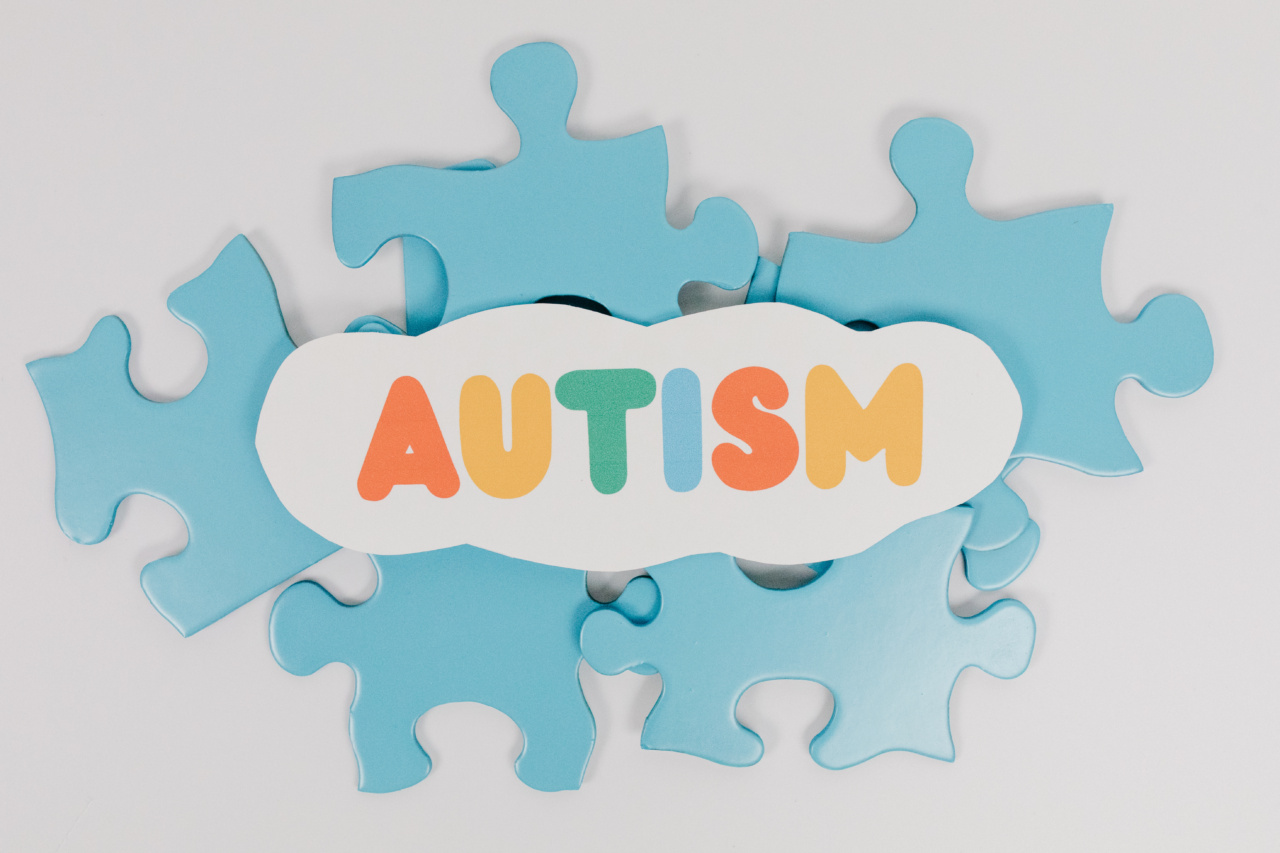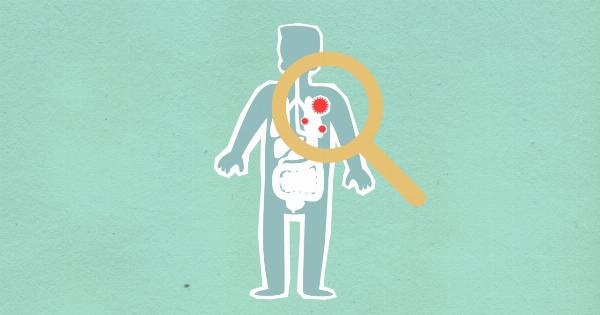Childhood asthma is a chronic condition that affects millions of children worldwide. It is a potentially serious respiratory disorder characterized by episodes of wheezing, coughing, chest tightness, and shortness of breath.
In recent years, extensive research has been conducted on childhood asthma to better understand its causes, symptoms, and treatments. In this article, we will explore five important facts about childhood asthma based on the latest findings from the Pediatric Respiratory Disease Research Center (PFS).
Fact 1: Prevalence of Childhood Asthma
Asthma is one of the most common chronic diseases in children, and its prevalence has been increasing over the years. According to PFS’s latest findings, approximately 8.6% of children worldwide have asthma.
It is essential to note that the prevalence rates vary across different countries and regions.
Fact 2: Environmental Factors
PFS’s research has shown that environmental factors play a significant role in childhood asthma. Exposure to allergens, such as dust mites, pet dander, and pollen, can trigger asthma symptoms in susceptible children.
Additionally, exposure to tobacco smoke, air pollution, and certain occupational hazards can increase the risk of developing asthma in childhood.
Fact 3: Genetic Susceptibility
While environmental factors contribute to the development of childhood asthma, genetic susceptibility also plays a crucial role.
PFS’s latest findings suggest that children with a family history of asthma or other allergic conditions have a higher risk of developing asthma themselves. Certain genetic variations may affect airway inflammation and hyperreactivity, making individuals more susceptible to asthma.
Fact 4: Asthma Triggers
Asthma triggers are substances or situations that can worsen asthma symptoms or lead to asthma attacks. PFS’s research has identified several common asthma triggers in children.
These include respiratory infections such as colds and flu, exercise, exposure to cold air, emotional stress, and certain medications. Identifying and avoiding these triggers can help manage asthma symptoms effectively.
Fact 5: Effective Management and Treatment
Proper management and treatment play a critical role in controlling childhood asthma and improving a child’s quality of life. PFS’s latest findings emphasize the importance of an individualized approach to asthma management.
This involves regular monitoring of asthma symptoms, assessing lung function, and developing a personalized asthma action plan in collaboration with healthcare professionals.
The main goal of asthma treatment is to achieve and maintain asthma control, which means keeping symptoms at a minimum, preventing asthma attacks, and maintaining normal lung function.
This is typically achieved through a combination of medication, environmental control measures, and lifestyle modifications.
Conclusion
Childhood asthma is a prevalent respiratory condition that requires proper understanding and management.
PFS’s latest findings have shed light on various aspects of childhood asthma, including its prevalence, environmental factors, genetic susceptibility, asthma triggers, and effective management. By continually researching and expanding our knowledge, we can better support children with asthma and work towards minimizing the impact of this condition on their lives.






























